DIY Plumbing Blog | How to Clean a Drain Trap
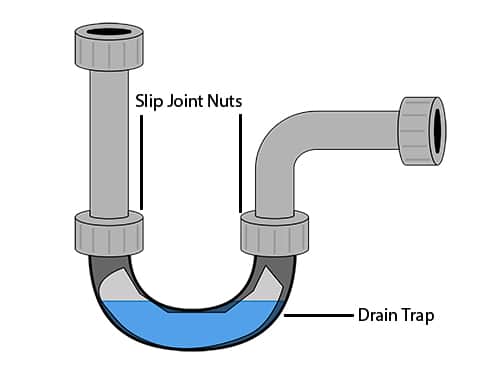
Clogged drains can quickly turn into a nightmare but sometimes they are a simple repair that you can do at home with just a few common household tools. Our plumbing repair specialists at Scott English Plumbing have put together this simple step by step guide on how to clean your drain trap. These steps will help you out so that the next time you are faced with a clogged sink you know exactly what to do.
The first thing to know is that your drain trap is the curved pipe underneath the sink of your home. It’s shaped like the letter “J” and this unique shape makes it susceptible to clogs. It is the number one cause of most drainage issues with the build-up of debris, grease, hair, and soap scum. It’s good to keep your drain trap clean and clear because even a slightly clogged drain trap can lead to slow drainage.
If your home is currently experiencing slow drainage in a sink, we recommend clearing out your drain trap, in order to avoid a complete blockage. Make sure to remove everything underneath your sink so that you have a clear space to work. Then be sure to follow these steps:
- Bucket: Place a bucket directly underneath your drain trap to catch any water that may fall when disassembling your plumbing pipes.
- Disassemble: Remove the two coupling nuts that attach the trap to the sink tailpiece and to the neighboring wall fitting. If these nuts don’t move or easily fall apart when you attempt to move them, it’s time to get a replacement trap.
- Clean & Clear Out: Clean the inside of your trap with either a large nylon bottle brush or a straightened wire coat hanger. Ensure that all of the parts are completely clean inside and outside. Even a small piece of debris stuck between a drain washer and your drainpipe can create a leak. We recommend using this opportunity to inspect all of your washers, they should be soft and flexible. If they happen to appear hard and crusty you will want to replace them.
- Snake It Out: If you find that your drain trap is already clear and clean upon disassembling it, we recommend inserting a small retractable drain snake directly into the pipe of your wall. Work the snake around in and out rotating the handle clockwise.
- Reassembly: Reassemble your drain trap. Be sure that each washer is properly seated because twisting can become an issue. Don’t over-tighten the connections at first, instead keep the coupling nuts at a hand-tight level. If a leak does happen, continue to tighten little by little until the leak stops. If an increased tightness fails, your washers may be dirty, twisted or defective. Then give it another try.
If your plumbing fixture remains clogged after all these steps then we recommend contacting one of our trusted plumbers at Scott English Plumbing. Our team of specialists have the skills and tools to handle any job. Give us a call today and we will send your worries down the drain.
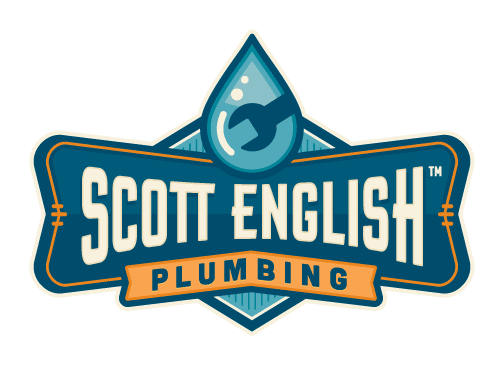
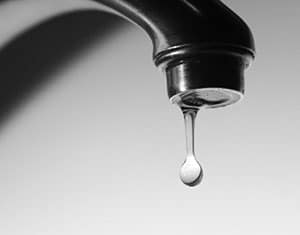 If you’ve noticed that your water bill is higher than you expected, but it seems like your water usage hasn’t changed then you likely have a leak somewhere on your property. Finding and fixing leaks can save you money and is also a great way to reduce water waste. With our tips, you’ll be a water leak detection expert in no time at all.
If you’ve noticed that your water bill is higher than you expected, but it seems like your water usage hasn’t changed then you likely have a leak somewhere on your property. Finding and fixing leaks can save you money and is also a great way to reduce water waste. With our tips, you’ll be a water leak detection expert in no time at all.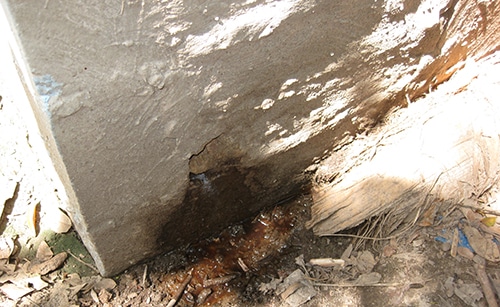
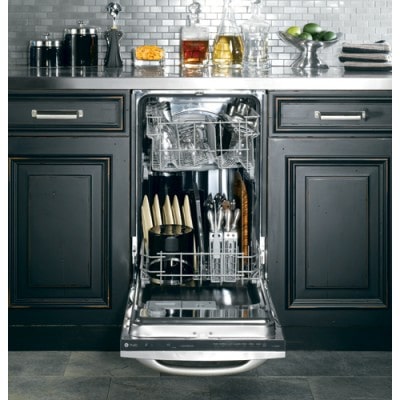
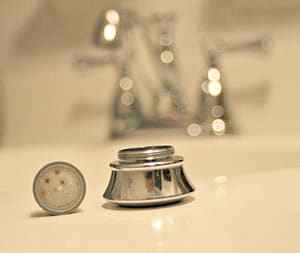 Low flow aerators are the easiest and fastest way to reduce your water consumption. You can replace your standard aerator with a low flow one for less than 5 dollars most of the time and removal and installation is really simple. The design of your aerator will vary, but it should look generally like the one pictured here. Merely unscrew your old aerator and install the new one and just like that you’re on your way to saving water and saving money.
Low flow aerators are the easiest and fastest way to reduce your water consumption. You can replace your standard aerator with a low flow one for less than 5 dollars most of the time and removal and installation is really simple. The design of your aerator will vary, but it should look generally like the one pictured here. Merely unscrew your old aerator and install the new one and just like that you’re on your way to saving water and saving money.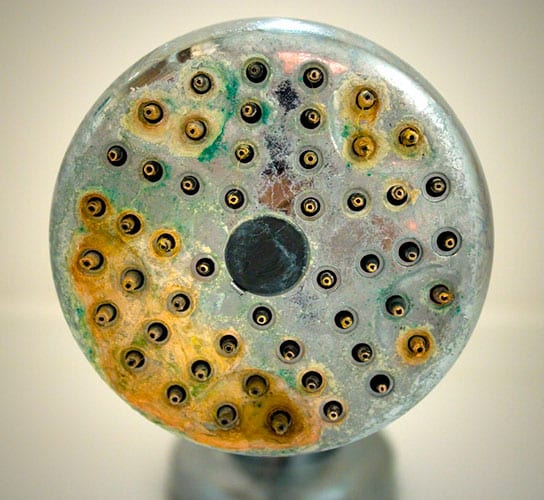 Keep an eye on the shower heads and faucets in your home. If they start looking like the one here it might be time to install a water softener in your home. Installing a water softener can avoid scaling on your fixtures and is easier on appliances like dishwashers.
Keep an eye on the shower heads and faucets in your home. If they start looking like the one here it might be time to install a water softener in your home. Installing a water softener can avoid scaling on your fixtures and is easier on appliances like dishwashers.